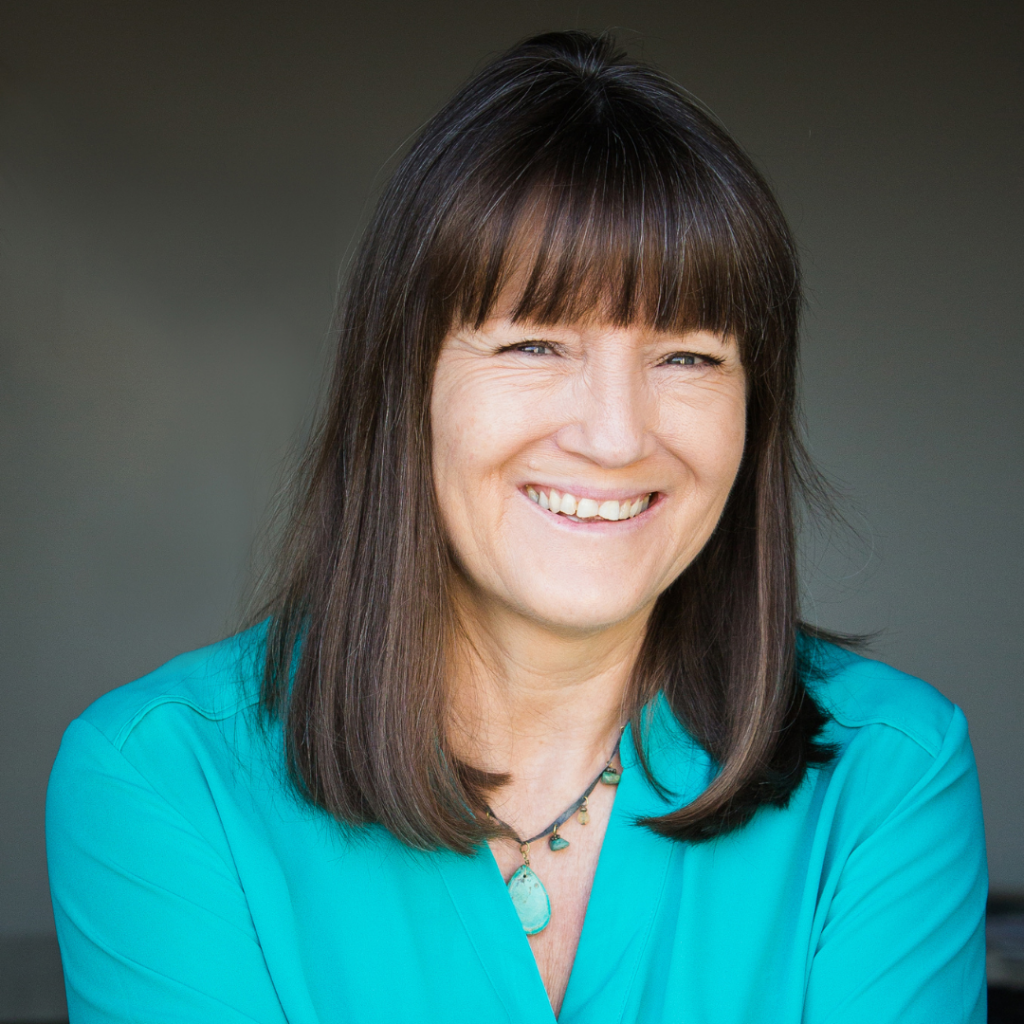
by Jan Trewartha
As a scar specialist, I work with many women with a Caesarean scar (CS); sometimes they have three or even four scars, one on top of the other, each time the surgeon possibly having cleared out adhesions and each time possibly more adhesions having formed. This is complex and sensitive work as we unravel the numb or the hypersensitive, the stuck and the non-resilient tissues, bit by bit.
The clients present in many different ways – it is never just a CS; there is a whole history around it. For example, was the surgery elective or emergency? This affects how the woman responds to the scar, as does whether the baby survived in an emergency situation; some women will have the scar but no baby, which is torturous to them.
You may find yourself thinking that you “….have a CS coming in” that day and that “it will be interesting to work with”. Of course, you have no such thing. You have a woman coming in with a CS and each woman will be treated individually. Their physical and emotional history, age, muscle tone, fitness level, attitude to their body and scar, self-care, acceptance of their body, etc. etc., all go to make up how she will react to this major insult to her body. I know you would take all these factors into account for your client normally, and this is the same for someone who has a CS, but particular assessment points need to be covered, because of the nature of this surgery.
So, when my client walks in, I will be thinking about the following:
- Their gait and posture – how the scar is affecting them. Restriction anywhere in the front body, from scarring, injury or Repetitive Strain Injury, will often create an anterior pull so the client cannot stand up straight. (Restriction in the back body will have the opposite effect. A combination of scars in different sites can create internal torque resulting in postural distortion. Sites of contraction are visible, once you learn to identify them).
- Other sites of scars or injury or RSI (e.g. carrying baby on one hip which leads to fascial densification as the fascia lays down collagen along the lines of force). These will feed into each other under the skin and affect structure, create compensation patterns and reduce functionality and mobility. Long term consequences could be knee, hip, pelvic or back problems, possibly leading to surgery.
- Their mood – depression, exhaustion, in pain, or elated to be a mother?
- Emotional holding patterns.
- Their attitude to the scar – gratitude for having a healthy baby if the surgery had been an emergency, or hatred of the scar and unwillingness to touch it? Remember that if a woman does not want to touch her own CS, then her partner will probably not be invited/allowed to touch her in that area; this can severely affect a relationship.
- Any emotional or physical disconnect; either may result in, for example, one hip or leg looking alienated from the body, or a sense of shortening, lack of control, gait issues.
On closer assessment I would be looking at the skin, for changes in colour, texture, folds and dragging, tethering, hair growth and changes to the skin structure[1].
Most laymen have no understanding of what a scar can do to the body, and it can come as a shock when they realise what may be going on under the skin. But gentle, nurturing care from the therapist, encouragement to touch the scar and gently massage the area daily in order to promote emotional engagement, and seeing the results of scar therapy, all help them to move on in their own way.
Finally, may I recommend that if you do not already know how to work with scars, that you train in a light touch technique? ‘Breaking down’ scar tissue is so last century and likely to lead to more internal scarring!
1] See chapter 10, Assessing and treating your client, Scars, Adhesions and the Biotensegral Body. Pub. Handspring Publishing, for more detail and guidance.
Jan is a tutor of Sharon Wheeler’s ScarWork and other light touch training. She is also the co-editor and lead author of the book Scars, Adhesions and the Biotensegral Body (published 2020 by Handspring Publishing).
You may wish to read further where Jan looks at two pieces of research on abdominal scars and adhesions and the effects of various different therapeutic interventions.
We also offer for sale the recording from Robert Schleip’s excellent workshop A Fascial Perspective for Working with Scars and Adhesions, which provides valuable and relevant research and insights into working with scars and adhesions.
A fuller version of this article appears in the Members’ Area. To consider becoming a member see further details here.
Posted in tags: blog
Jan Trewartha
Joining The Hub
There are many benefits to joining The Fascia Hub community. We will be continually revising and updating how we can better support our members. Of course, if you have any ideas or thoughts as to what you would like to see, then we would love to hear from you. Our membership proposition is continually evolving and changing to ensure that we bring you the best from the world of fascia. If there is something you would like to learn more about, please do drop us a line and let us know.

